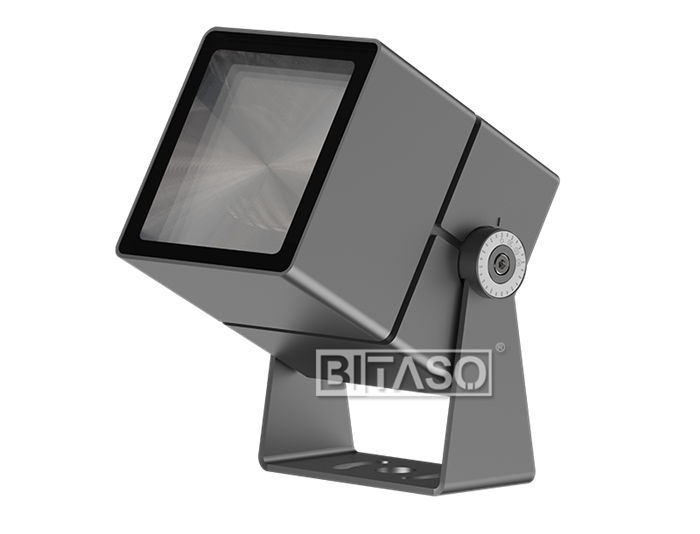Are In-ground Lights suitable for all weather conditions?
In-ground lights the hidden gems of outdoor lighting, have been gaining traction in recent years for their aesthetic appeal and functionality. However, amidst their allure, a pertinent question looms: Are in-ground lights suitable for all weather conditions? Let's delve deeper into this query to uncover the truth behind their resilience.

Before dissecting their weather suitability, it's imperative to grasp the essence of in-ground lights. These fixtures, also known as well lights or ground lights, are installed flush with the ground, providing subtle illumination to pathways, driveways, gardens, and outdoor spaces.
The Quest for Weather Resistance
In the realm of outdoor lighting, durability is paramount. In-ground lights, often exposed to the elements, must withstand diverse weather conditions without compromising performance or longevity. Herein lies the crux of our investigation.
Waterproof Design
One of the primary concerns regarding Floodlights is their vulnerability to moisture ingress. However, reputable manufacturers engineer these fixtures with waterproof seals and durable materials, such as corrosion-resistant metals or robust polymers. This meticulous design ensures that in-ground lights remain impervious to rain, snow, and moisture accumulation, thereby prolonging their lifespan.
Temperature Tolerance
From scorching summers to freezing winters, in-ground lights endure a spectrum of temperatures. To address this challenge, advanced models integrate thermal management systems that regulate internal temperatures, preventing overheating or freezing. Additionally, high-quality materials with excellent thermal conductivity dissipate heat efficiently, ensuring optimal performance regardless of ambient temperatures.
Related links:How Do Integrated Solar Street Lights Work?
10 Questions You Should Know about LED Smart Home Device Vendors
Top Tips to Choose a Bollard & Lawn Light Vendor
UV Resistance
In-ground Light Exporter Trends for 2024
How to Choose Modern Pendant Light Bulk?
How to Choose the Best Tree&Pillar Light for Sale?
Tree Light vs. Pillar Light: Which Fits Your Space?
Exposure to sunlight can wreak havoc on outdoor fixtures, causing fading, discoloration, and material degradation. To combat this, in-ground lights feature UV-resistant coatings or materials that shield against harmful ultraviolet rays. By mitigating UV damage, these fixtures retain their aesthetic appeal and structural integrity over time.
Sealing Mechanisms
Effective sealing is paramount to safeguarding in-ground lights against moisture infiltration. Manufacturers employ various sealing mechanisms, such as silicone gaskets or epoxy resin seals, to create a watertight enclosure. Additionally, innovative installation techniques, like buried conduit systems, further enhance protection against water ingress, ensuring reliability in diverse weather conditions.
Testing and Certification
To instill confidence in consumers, reputable manufacturers subject their in-ground lights to rigorous testing procedures. These evaluations encompass IP ratings, which denote the degree of protection against solids and liquids, as well as UL certification, indicating compliance with stringent safety standards. By adhering to these benchmarks, manufacturers validate the weather resistance and performance of their products, assuring consumers of their reliability.
Conclusion
In-ground lights, hailed for their elegance and functionality, unequivocally demonstrate suitability for all weather conditions. Through waterproof design, temperature tolerance, UV resistance, sealing mechanisms, and meticulous testing, these fixtures emerge as stalwarts of outdoor lighting, capable of withstanding the harshest elements with poise and resilience.
Related links:Surface Facade Light for Sale: Top 5 Options to Brighten Your Space


Comments
0